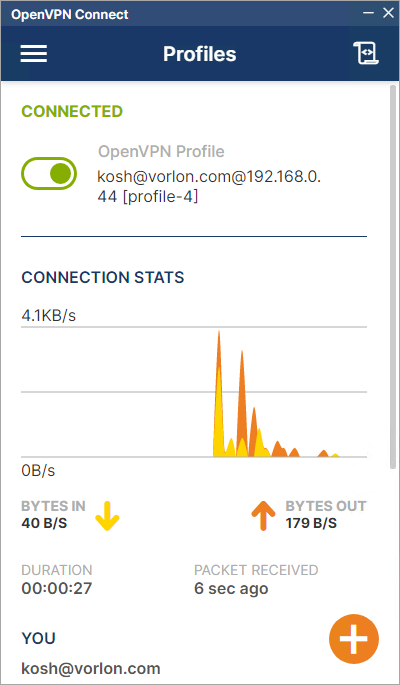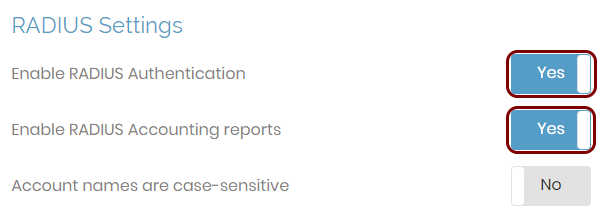VPN – OpenVPN
In this topic, you will set up the OpenVPN Access Server to use the Portnox Cloud RADIUS servers for authentication.
Important:
This guide gives general instructions for integrating Portnox Cloud with specific
third-party devices. We try to provide useful examples for common models, but settings can differ between manufacturers,
models, and environments. Because of this, we cannot guarantee these steps will work in every case. For questions or
problems with RADIUS setup – which is an industry standard and not specific to Portnox – or with device-specific settings
and troubleshooting, we recommend checking the device manufacturer’s documentation and contacting their support team.
Portnox Support can help when possible, but detailed setup of third-party devices is usually best handled by the
manufacturer. We also recommend updating your NAS device firmware to the latest version, as old firmware can cause
issues.
Important:
All values in this configuration are examples. Make sure to adjust the configuration to
your individual profile names, RADIUS server addresses, ports, and keys by replacing the values that are presented as
underlined italics.
Configure the OpenVPN Access Server
In this section, you will add the Portnox Cloud RADIUS server information to the OpenVPN Access Server configuration and set RADIUS as the default authentication method.
Test your connection using the OpenVPN client
In this section, you will optionally test your configuration by establishing a VPN connection to the server from a client machine using the OpenVPN client.
Note:
In this example, we are showing how to establish the connection from a Windows system, but the OpenVPN client is
available for many platforms.
Result: The VPN connection is established successfully.



















